Home>Garden Essentials>Garden Storage>Winter Garden Ideas: 20 Ways To A Beautiful Winter Backyard
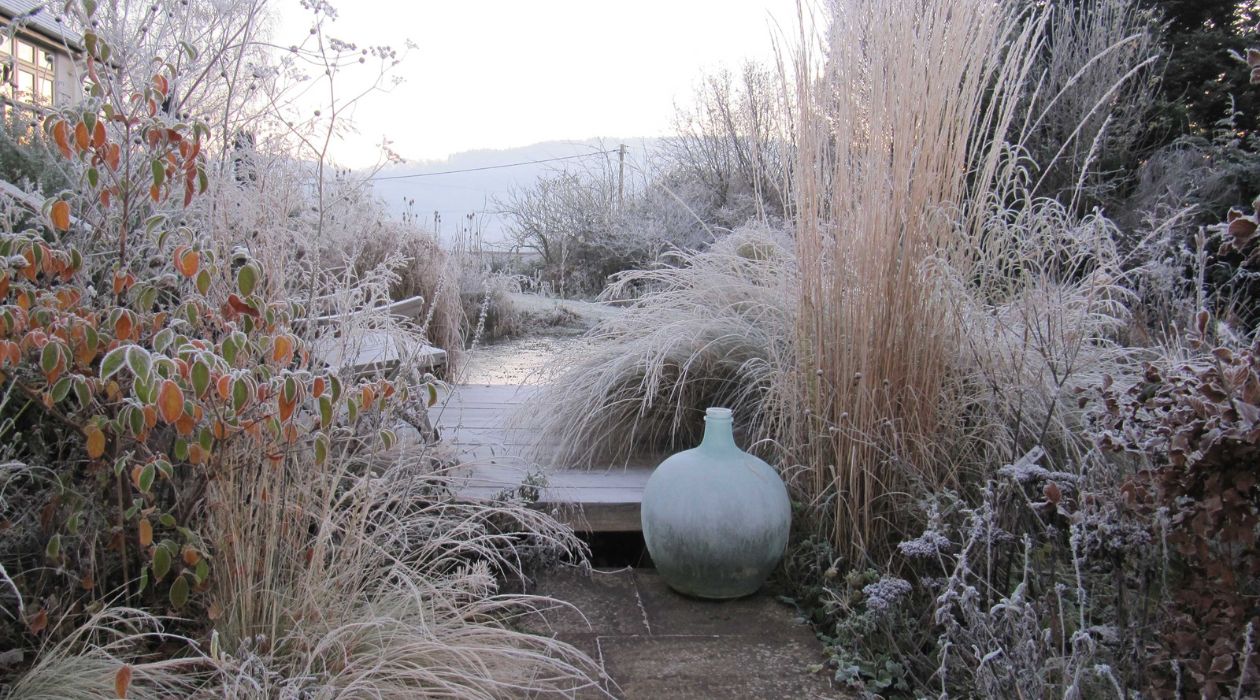

Garden Storage
Winter Garden Ideas: 20 Ways To A Beautiful Winter Backyard
Modified: October 21, 2024
Looking for winter garden ideas? Discover 20 creative ways to transform your backyard into a stunning winter oasis, with practical storage solutions for a clutter-free space.
(Many of the links in this article redirect to a specific reviewed product. Your purchase of these products through affiliate links helps to generate commission for Storables.com, at no extra cost. Learn more)
Introduction
Winter gardens can be just as beautiful and inviting as their spring and summer counterparts. While many people may assume that gardens are simply dormant during the winter months, there are actually numerous ways to create a stunning and vibrant winter backyard. By using a combination of creative design, strategic plant choices, and thoughtful winter-friendly features, you can transform your outdoor space into a picturesque winter wonderland.
In this article, we will explore 20 ideas to help you enhance your winter garden and make it a stunning oasis even during the coldest months. From focal points to lighting, seating areas to bird feeders, there are plenty of ways to create a beautiful and functional winter garden that will delight both you and any visitors you may have.
So, let’s dive in and explore how you can bring life and beauty to your backyard even in the depths of winter!
Key Takeaways:
- Embrace the magic of winter by transforming your garden into a captivating oasis with focal points, lighting, evergreen plants, and winter-friendly features. Create a stunning and vibrant winter wonderland with the right combination of elements and care.
- Infuse your winter garden with bursts of color, warmth, and life by incorporating winter-flowering plants, cozy outdoor furniture, hot tubs, and winter-friendly hardscaping materials. Create a sanctuary of peace, beauty, and tranquility that shines in all its seasonal glory.
Create a focal point with a winter sculpture or statue
One of the easiest and most impactful ways to elevate your winter garden’s aesthetics is by adding a focal point, such as a winter sculpture or statue. A well-placed sculpture can add a sense of drama and visual interest to your outdoor space, even when surrounded by winter’s muted colors.
When choosing a winter sculpture or statue, opt for materials that can withstand harsh weather conditions. Stone, metal, and resin are popular choices, as they are durable and can withstand the freeze-thaw cycles of winter. Look for sculptures or statues that capture the essence of the season, such as depictions of animals, winter sports, or snowflakes.
Consider placing your winter sculpture or statue in a strategic location, such as at the end of a pathway or in the center of a garden bed. This will draw the eye and create a focal point that anchors your winter garden design.
If you want to go a step further, you can even illuminate your winter sculpture or statue with outdoor lighting. This will not only highlight the artwork but also create a magical ambiance in your garden during the dark winter evenings.
Remember that less is often more when it comes to choosing and placing a winter sculpture or statue. Select one or two pieces that complement the overall style and theme of your garden, rather than cluttering the space with multiple distractions. The goal is to create a focal point that harmonizes with the winter landscape and enhances the overall aesthetic.
By incorporating a winter sculpture or statue as a focal point in your winter garden, you can add a touch of artistry and elegance that will truly make your outdoor space stand out.
Install outdoor lighting for a magical winter ambiance
During the winter months, the days are shorter and darkness descends earlier. By strategically installing outdoor lighting in your winter garden, you can create a magical ambiance that transforms your outdoor space into a cozy haven.
There are various types of outdoor lighting options to consider for your winter garden. String lights can be hung across fences, pergolas, or trees, casting a warm and inviting glow. Pathway lights can illuminate walkways and guide visitors through your garden, even on the darkest of winter nights.
When choosing outdoor lights, opt for warm white or soft yellow tones to create a cozy atmosphere. Avoid harsh or cool white lights, as they may create a stark and cold feeling. You can also opt for LED lights, which are energy-efficient and can withstand cold temperatures.
Consider adding spotlights to highlight specific features in your winter garden, such as a beautiful tree or a sculpture. This will draw attention to these elements and create a focal point amidst the winter landscape.
Another idea is to incorporate flameless candles or lanterns to add a touch of warmth and ambiance to your outdoor seating area. These can be placed on tables or hung from trees, creating a cozy and inviting space for you and your guests to enjoy.
Keep in mind that outdoor lighting should not only serve an aesthetic purpose but also provide safety and security. Ensure that pathways, steps, and potential tripping hazards are well-illuminated to prevent accidents.
By installing outdoor lighting in your winter garden, you can create a captivating and enchanting atmosphere that will make your outdoor space feel magical, even on the coldest winter nights.
Incorporate evergreen plants for year-round color
When it comes to adding color and life to your winter garden, evergreen plants are an excellent choice. These resilient plants retain their leaves throughout the year, providing a vibrant backdrop even in the midst of winter.
Evergreen plants come in various shapes, sizes, and shades of green, allowing you to create a diverse and visually appealing garden design. Some popular evergreen options include pine trees, spruces, boxwoods, hollies, and yews.
By strategically placing evergreen plants in your winter garden, you can add structure, texture, and depth to the overall landscape. Grouping them together in clusters or using them as borders can create a sense of cohesion and provide a lush green canvas against the starkness of winter.
In addition to their visual appeal, evergreen plants also offer practical benefits for your garden. They provide shelter and protection for other plants, as well as a year-round source of food and habitat for birds and wildlife.
When choosing evergreen plants for your winter garden, consider the specific needs of your climate and soil conditions. Some varieties may be more suitable for cold climates, while others thrive in milder regions. Research the optimal planting and care instructions for each type of evergreen to ensure they flourish in your specific environment.
It’s important to note that evergreen plants still require proper care and maintenance, even during the winter months. Regular watering, pruning, and protecting them from extreme weather conditions will help keep them healthy and vibrant.
By incorporating evergreen plants into your winter garden, you can create a stunning display of year-round color that will breathe life and vibrancy into your outdoor space, even when other plants lay dormant.
Implement a winter-friendly seating area for cozy outdoor gatherings
Just because it’s winter doesn’t mean you can’t enjoy the outdoors! Creating a winter-friendly seating area in your garden will allow you to gather with family and friends and enjoy the crisp beauty of the season.
Start by selecting the right furniture for your winter seating area. Look for durable materials that can withstand the elements, such as metal, wrought iron, or synthetic wicker. These materials are less susceptible to damage from freezing temperatures and moisture.
Consider adding cozy elements to your seating area to make it more inviting and comfortable. Thick cushions and blankets in warm colors or cozy fabrics like fleece will not only keep you warm but also create a cozy and welcoming atmosphere.
For added warmth, consider incorporating an outdoor heater or fire pit. These features can provide both heat and a cozy ambiance, allowing you to linger outdoors for longer periods of time. Just be sure to follow safety guidelines when using open flames or heaters.
To protect your seating area from the elements, consider adding a pergola, canopy, or outdoor umbrella. These structures will provide shade in the summer months and shelter in the winter, helping to keep you and your guests dry during light rainfall or snowfall.
Decorate your winter seating area with winter-themed accessories such as lanterns, wind chimes, or garlands of evergreen branches. These small touches can add a touch of charm and create a cohesive winter aesthetic throughout your garden.
Lastly, don’t forget to evaluate the placement of your seating area. Consider the direction of the sun and choose a location that receives as much natural light as possible during the winter days. This will maximize your enjoyment of the space and help create a warm and inviting atmosphere.
By implementing a winter-friendly seating area, you can extend the use of your outdoor space and create a cozy retreat for gatherings and relaxation during the winter season.
Use ornamental grasses to add texture and movement to your winter garden
Adding ornamental grasses to your winter garden is an excellent way to introduce texture, movement, and visual interest. These graceful plants not only bring a unique element to your landscape, but they also thrive during the colder months, making them perfect additions to your winter garden design.
Ornamental grasses come in a variety of sizes and colors, providing a wide range of options to suit your garden’s theme and style. Some popular varieties include feather reed grass, fountain grass, switchgrass, and Japanese forest grass.
These grasses add a beautiful contrast to the starkness of winter with their feathery plumes, wispy foliage, and interesting seed heads. They provide a sense of movement as they sway in the winter breeze, bringing a dynamic element to your garden that can be enjoyed even on the coldest days.
In addition to their aesthetic appeal, ornamental grasses also offer functional benefits to your winter garden. They can act as natural windbreakers, protecting more delicate plants from harsh winter winds. The flowing form and texture of the grasses also create a sense of privacy and screening, making your outdoor space feel more secluded.
When planting ornamental grasses in your winter garden, choose a location that receives ample sunlight. They generally prefer full sun, although some varieties can tolerate partial shade. Ensure that the soil is well-drained to prevent waterlogging, which can lead to root rot.
Ornamental grasses are relatively low-maintenance plants, requiring minimal care during the winter months. Prune back the old foliage in late winter or early spring to make way for new growth, and remove any dead or damaged stems as needed.
The use of ornamental grasses in your winter garden adds a touch of movement and texture that can transform your outdoor space into a visually captivating oasis. From their graceful sway to their unique seed heads, these plants bring a sense of life and vitality to your garden, even in the midst of winter.
Plant berries and winter fruits for a pop of color and food for birds
Adding plants that bear berries and winter fruits to your garden is a fantastic way to introduce vibrant pops of color and provide a valuable food source for birds during the colder months. These plants not only add visual interest but also contribute to the overall ecosystem of your winter garden.
When selecting berry-producing plants, consider those that are native to your region as they are often better adapted to the local climate conditions. Some popular options include holly bushes, winterberry, cotoneaster, viburnum, and pyracantha.
Berries and winter fruits come in various colors, ranging from bright reds, oranges, and yellows to deep purples and blues. By strategically planting these species throughout your garden, you can create eye-catching focal points and beautiful clusters of color against the winter landscape.
In addition to their visual appeal, berries and fruits provide a valuable food source for birds during the winter months when natural food supplies may be scarce. These plants attract a variety of bird species, adding life and movement to your garden as they feast on the fruits.
It’s essential to choose plants that produce berries and fruits that are safe for birds to consume. Avoid plants that bear toxic berries or fruits that may be harmful to wildlife. Research the specific species you are considering and ensure they are beneficial and non-toxic options for birds.
As with any plants, proper care and maintenance are necessary to ensure their health and longevity. Provide adequate watering, especially in dry periods, and consider adding a layer of mulch around the plants to conserve moisture and protect the roots from freezing temperatures.
By planting berries and winter fruits in your garden, you can create a visually stunning display of color while also providing a valuable food source for birds. This dual benefit adds both aesthetic appeal and ecological value to your winter garden.
Design a winter container garden with cold-tolerant plants
Who says container gardening is only for the warmer months? With the right selection of cold-tolerant plants, you can create a beautiful winter container garden that adds a touch of greenery and color to your outdoor space.
When choosing plants for your winter container garden, opt for varieties that can withstand freezing temperatures and harsh winter conditions. Look for cold-tolerant plants such as winter pansies, ornamental cabbages and kale, heathers, evergreen ferns, and dwarf conifers.
Consider mixing different types of plants in your containers to create a visually interesting composition. Blend plants with varying heights, textures, and colors to add depth and visual appeal.
In addition to the plants themselves, think about the container selection. Choose containers made from sturdy materials like terracotta or fiberglass that can withstand the freezing temperatures without cracking. Make sure your containers have proper drainage to avoid waterlogged soil, which can lead to root rot.
When planting your winter container garden, use a high-quality, well-draining potting mix that will provide adequate nutrients and moisture to the plants. Ensure the soil is moist but not soggy and avoid overwatering during the winter months when plants typically require less water.
Place your winter containers strategically in your garden space, considering factors like sunlight exposure and protection from harsh winter winds. Remember to rotate or move the containers occasionally to ensure all sides of the plants receive adequate light.
Don’t forget to add a touch of winter flair to your container garden by incorporating decorative elements such as twigs, pinecones, or colorful ornaments. These small additions can enhance the overall winter aesthetic and add a festive touch to your outdoor space.
Regular maintenance is essential for your winter container garden. Remove any dead or damaged foliage from the plants and check the moisture levels regularly. Water sparingly, especially during periods of prolonged cold or rain, and protect your containers from extreme temperature fluctuations or heavy snowfall.
Designing a winter container garden with cold-tolerant plants allows you to enjoy the beauty of nature even during the colder months. It offers a versatile and portable way to bring life and color to your outdoor space, creating a charming winter display that will brighten your surroundings.
Build a fire pit or outdoor fireplace for warmth and entertainment
When the temperatures drop, there’s nothing quite like gathering around a warm fire to create a cozy and inviting atmosphere. Building a fire pit or outdoor fireplace in your winter garden allows you to enjoy the outdoors while staying warm and provides a focal point for entertaining guests or simply relaxing with loved ones.
A fire pit or outdoor fireplace can be a standout feature in your winter garden, creating a central gathering spot for warmth and entertainment. There are various options to consider, from DIY fire pit kits to custom-built fireplaces, depending on your budget, space, and desired aesthetic.
Before constructing your fire pit or outdoor fireplace, be sure to check local regulations and obtain any necessary permits. Safety should always be a top priority, so ensure that you follow proper guidelines in terms of distance from structures, clear surrounding areas of flammable materials, and use appropriate fireproof materials.
Fire pits are popular choices for their versatility and simplicity. They can be built using bricks, concrete blocks, or stones, with a fireproof liner to contain the flames. Fire pits can be portable or built-in, depending on your preference and space constraints.
Outdoor fireplaces, on the other hand, provide an elegant and permanent heating solution for your winter garden. They can be made of various materials such as brick, stone, or metal, and can be designed to complement your garden’s overall theme and style.
When designing your fire pit or outdoor fireplace, consider incorporating comfortable seating around it. Benches, built-in seating, or outdoor furniture specifically designed for fire pit use can provide a cozy and inviting space for gathering and enjoying the warmth of the fire.
Remember to follow proper fire safety precautions when using your fire pit or outdoor fireplace. Keep a fire extinguisher nearby and never leave the fire unattended. Be mindful of any wind conditions and ensure that the fire is fully extinguished before leaving the area.
Building a fire pit or outdoor fireplace in your winter garden not only provides warmth but also creates a captivating focal point for socializing, relaxation, and entertainment. It allows you to extend your time outdoors, enjoying the beauty of nature even in the chilliest months.
Add a water feature that can withstand freezing temperatures
A water feature can be a captivating addition to any garden, including during the winter months. While it may seem counterintuitive to introduce water elements in freezing temperatures, there are several options available that can withstand the cold and add a touch of beauty to your winter garden.
When selecting a water feature for your winter garden, it is essential to choose a design that can endure freezing temperatures without being damaged. Consider materials such as concrete, stone, or fiberglass, which are durable and less prone to cracking or breaking in cold weather.
One option for a winter-friendly water feature is a frozen fountain or birdbath. By allowing the water to freeze over, you can create stunning ice sculptures and formations that add a unique and artistic element to your garden. Just be sure to use a fountain or birdbath specifically designed for freezing temperatures to prevent any damage.
Another choice is a winter pond or ice sculpture garden. If you already have a pond in your garden, you can allow it to freeze over, transforming it into a serene and picturesque winter landscape. Be cautious, however, as the ice needs to be thick enough to support weight before venturing onto it.
If you don’t have an existing water feature, consider installing a self-contained or recirculating water feature that can be drained or protected during severe freezing conditions. This allows you to enjoy the soothing sound of flowing water during milder winter days and securely winterize the feature when necessary.
Ensure that you have a plan in place to prevent any damage to your water feature during freezing temperatures. This may involve draining the water, covering the feature with a protective material, or using a pond heater or deicer to prevent complete freezing.
Remember to consider the location and placement of your winter water feature. Position it in an area with proper sunlight exposure during the day, as sunlight can help melt any ice that forms and prevent a buildup of snow.
Adding a winter-friendly water feature to your garden brings a sense of serenity and tranquility, even in the coldest months. It provides a stunning focal point and adds a touch of magic to your winter landscape, creating a unique and beautiful outdoor experience.
Install windbreakers or screens to protect your garden from harsh winter winds
Harsh winter winds can wreak havoc on your garden, damaging plants, drying out the soil, and creating an inhospitable environment for growth. To shield your garden from these detrimental winds, consider installing windbreakers or screens that provide protection and maintain a more favorable microclimate.
Windbreakers are barriers strategically placed to reduce the force and impact of strong winds. They can be constructed using a variety of materials such as fences, hedges, or even fabric windbreaks. The objective is to create a physical barrier that disrupts or redirects the wind flow.
When deciding on the placement of your windbreakers, consider the direction of prevailing winds in your area and position them accordingly. Ideally, windbreakers should be placed perpendicular to the wind direction to achieve maximum effectiveness.
Aside from offering protection from harsh winds, windbreakers also create microclimates within your garden. They create areas of still air on the leeward side, reducing wind speed and allowing for more favorable growing conditions. This can help to prevent moisture loss and maintain more stable temperatures, protecting your plants from excessive drying out or frost damage.
In addition to physical windbreakers, consider installing screens made of shading materials to provide partial protection and filter the intensity of the wind. These screens can be made of materials such as burlap, shade cloth, or even trellis with climbing plants. They allow some airflow while reducing the force of the wind, helping to create a more balanced environment for your garden.
When installing windbreakers or screens, it’s important to consider their impact on the overall garden design. Choose materials, colors, and styles that complement your existing landscape and blend harmoniously with the surroundings.
Remember to regularly assess the condition of your windbreakers, particularly after severe storms or high winds. Repair any damages or weak spots to ensure their effectiveness in protecting your garden.
By installing windbreakers or screens in your winter garden, you create a shield against harsh winds, ensuring the survival and health of your plants. It allows you to create a more nurturing environment, encouraging growth and providing a haven for your garden to thrive even in the face of winter’s harshest elements.
Consider adding evergreen plants to your winter garden for year-round color and structure. Look for varieties that are hardy in your climate and provide visual interest even in the coldest months.
Create an inviting pathway through your winter garden
A well-designed pathway can not only enhance the functionality of your winter garden but also add a touch of enchantment and visual appeal. By creating an inviting pathway, you can navigate through your garden with ease while enjoying the beauty of the winter landscape.
When designing a pathway for your winter garden, consider using materials that are durable and can withstand the freezing temperatures and moisture. Options such as natural stone, gravel, or concrete pavers are excellent choices as they are resilient and can endure the harsh weather.
Plan the layout of your pathway to ensure it complements the overall design of your garden. Consider the curve and flow of the path, allowing it to meander gently through the garden, enhancing the sense of discovery and exploration.
You can also incorporate elements such as stepping stones or decorative tiles to add visual interest and create focal points along the path. These can be adorned with winter-themed motifs or patterns that add a whimsical touch to the pathway.
Additionally, consider lighting along the pathway to provide both safety and ambiance. Solar-powered pathway lights or low-voltage landscape lighting can be placed along the edges of the pathway, guiding you during dark winter evenings and adding a magical glow to your garden.
Alongside the pathway, consider planting low-growing, cold-tolerant plants or evergreen ground covers to frame and soften the edges. This will add texture and visual appeal while blending the path seamlessly with the rest of your winter garden.
Don’t forget to maintain your winter garden pathway by regularly removing fallen leaves, snow, or ice to ensure a safe and clear path for navigating through your garden, especially during icy conditions.
By creating an inviting pathway through your winter garden, you not only provide practical access but also invite exploration and appreciation of the winter beauty. It becomes a focal point that guides visitors through your garden while adding an element of charm and allure to the overall design.
Hang bird feeders and houses to attract wildlife to your backyard
Bringing wildlife into your winter garden can provide a lively and enchanting experience. By hanging bird feeders and houses, you can attract a variety of feathered friends, adding a sense of vibrancy and joy to your outdoor space.
Bird feeders are a popular choice for attracting and nourishing birds during the winter months when natural food sources may be scarce. There are various types of bird feeders available, such as platform feeders, tube feeders, and suet feeders, each catering to different bird species and feeding preferences.
When selecting bird feeders, consider placing a variety of options to accommodate different types of seeds and food. This will attract a diverse range of bird species, creating a captivating and dynamic ecosystem in your winter garden. Some common seed types include sunflower seeds, nyjer (thistle) seeds, and millet.
In addition to feeders, consider hanging birdhouses in your winter garden. These shelters provide nesting opportunities for birds and can be a cozy refuge during the colder months. Different bird species have different preferences in terms of the size and design of the house, so do a little research to ensure your birdhouses are suitable for the species in your area.
Strategically place your bird feeders and houses in locations that are easily visible and accessible, but also consider the safety of the birds. Position them near shrubs or trees for cover and a vantage point, offering protection from predators.
Regularly clean and refill your bird feeders to ensure a steady supply of food. Clean them with warm, soapy water and rinse thoroughly to prevent the spread of bacteria or diseases.
Adding water sources, such as birdbaths or shallow dishes, can also attract birds to your winter garden. Make sure to keep the water fresh and unfrozen during freezing temperatures by using a heater or changing it regularly.
By hanging bird feeders and houses in your winter garden, you create a haven for birds and promote biodiversity. The sights and sounds of these winged visitors will bring life and joy to your outdoor space, creating a harmonious connection with nature during the winter season.
Use colorful and decorative winter ornaments and accessories
Adding colorful and decorative winter ornaments and accessories to your garden is a delightful way to infuse your outdoor space with a festive and cheerful atmosphere. These small touches can bring a sense of joy and whimsy to your winter garden, creating a visually captivating experience for both you and your guests.
One of the simplest ways to add color and visual interest is by incorporating vibrant winter ornaments. Hang colorful glass or plastic ornaments from trees or shrubs to create a dazzling display. Choose ornaments in shades of red, green, gold, or silver to evoke a traditional winter aesthetic.
Consider using weather-resistant decorative items such as wind chimes, mobiles, or hanging sculptures that catch the light and create movement in the winter breeze. These accessories can add an element of playfulness and personality to your garden.
Another option is to weave colorful ribbons or garlands throughout your garden. Wrap them around tree trunks, drape them over trellises, or hang them from fences to create an enchanting and festive atmosphere. Opt for materials that can withstand winter weather conditions, such as weatherproof fabric or ribbon.
Utilize winter-themed accessories like snowflake-shaped ornaments, icicle lights, or decorative snowmen. These whimsical accents can evoke a sense of winter wonderland and add a touch of charm to your outdoor space.
When choosing decorative ornaments and accessories, aim for a cohesive and balanced look. Consider the existing color palette of your garden and ensure that the ornaments you choose complement the overall aesthetic. Avoid overcrowding or overwhelming the space with too many decorations, as it may create a cluttered or chaotic feel.
Remember to remove or protect delicate ornaments during severe weather conditions to prevent damage. Take precautions to secure hanging ornaments and accessories to withstand wind or snow, ensuring they remain safely in place.
By using colorful and decorative winter ornaments and accessories, you can transform your winter garden into a whimsical and festive oasis. These small details can add a touch of magic and create visual interest that will make your outdoor space feel truly special during the winter season.
Incorporate winter-themed artwork or sculptures into your garden design
Transform your winter garden into a work of art by incorporating winter-themed artwork or sculptures. These artistic elements can become focal points in your garden, adding charm, beauty, and a touch of sophistication to your outdoor space.
When selecting winter-themed artwork or sculptures, consider pieces that reflect the spirit of the season and resonate with your personal taste. Look for sculptures that depict winter scenes, snowflakes, animals, or abstract designs that evoke a sense of winter wonderland.
Choose materials that can withstand the elements, such as metal, stone, or resin. These materials are durable and can endure the freezing temperatures and moisture of winter without losing their aesthetic appeal.
Consider placing your artwork or sculptures strategically throughout your garden to create visual interest and draw the eye. Place them in areas where they can be seen as focal points or nestled among foliage to create a sense of discovery and surprise.
Add lighting to highlight the artwork or sculptures and create an enchanting ambiance during the winter nights. Illuminating these pieces will not only enhance their beauty but also transform your garden into a magical space even in the darkness.
When incorporating artwork or sculptures into your garden, ensure that they complement the overall design and aesthetics of the space. Consider the scale, colors, and style of the pieces, making sure they harmonize with the surrounding plants, hardscape, and overall theme.
Keep in mind that winter-themed artwork and sculptures can be versatile and used beyond the winter season. They can serve as year-round focal points or accents, bringing a touch of elegance and artistic flair to your garden throughout the year.
Regularly maintain and clean your artwork or sculptures to preserve their beauty and longevity. Follow the manufacturer’s instructions for cleaning and protecting different materials to ensure their durability over time.
By incorporating winter-themed artwork or sculptures into your garden design, you elevate your outdoor space from a simple garden to an artistic masterpiece. These captivating elements add depth and visual interest, making your winter garden a stunning and inspiring sanctuary.
Build a small greenhouse or cold frame for winter gardening
If you’re an avid gardener, building a small greenhouse or cold frame can provide you with the opportunity to continue gardening even during the winter months. These structures create a protected environment that helps extend the growing season, allowing you to cultivate a variety of plants and enjoy fresh produce throughout the colder months.
A small greenhouse is a dedicated structure that offers a controlled environment for gardening. It provides insulation, shields plants from harsh weather conditions, and traps heat and sunlight to create a warm and nurturing space for your plants.
A cold frame, on the other hand, is a simpler and more compact structure typically built close to the ground with a transparent cover. It serves as a mini greenhouse that captures and retains heat, protecting plants from frost and extreme cold.
When building a greenhouse or cold frame, consider the materials and design that suit your needs and space availability. Greenhouses can be constructed using glass, polycarbonate panels, or plastic film, while cold frames are often made from wood and covered with glass or polycarbonate.
Ensure proper ventilation in your greenhouse or cold frame to regulate temperature and humidity levels. Incorporate windows, vents, or adjustable openings that allow for air circulation and control moisture buildup.
Position your greenhouse or cold frame in an area that receives ample sunlight exposure, preferably facing south to maximize sunlight penetration. This will provide your plants with the necessary light for photosynthesis and growth.
Consider the plants you intend to grow in your winter greenhouse or cold frame. Choose cold-tolerant varieties that can thrive in lower temperatures, such as leafy greens, root vegetables, herbs, and winter-flowering plants.
Water your plants carefully in the greenhouse or cold frame, as they may require less frequent watering due to reduced evaporation. Take care to avoid overwatering and ensure that the soil is well-drained to prevent waterlogged roots.
In addition to extending the growing season, a small greenhouse or cold frame also provides a warm and sheltered space for you to immerse yourself in gardening activities during the winter months. You can tend to your plants, start seeds for the upcoming season, or simply relax and enjoy the therapeutic benefits of being surrounded by greenery.
Building a small greenhouse or cold frame enables you to continue your gardening passion year-round, fostering a connection with nature and providing a sanctuary in which plants can thrive even in the colder months.
Add cozy and warm outdoor furniture for winter relaxation
Winter doesn’t mean you have to stay indoors; with the right outdoor furniture, you can create a cozy and inviting space to relax and enjoy the beauty of the season in your winter garden. Adding warm and comfortable furniture will transform your outdoor space into a place of relaxation and tranquility.
When selecting outdoor furniture for the winter season, prioritize comfort and durability. Look for cozy seating options such as deep-cushioned chairs, padded benches, or even outdoor sofas. Choose weather-resistant materials that can withstand the harsh winter elements, such as aluminum, teak, or all-weather wicker.
Consider incorporating seating options with cushions or blankets made from warm and cozy fabrics. Look for materials like fleece or outdoor-rated fabrics that are designed to withstand the elements while providing comfort and warmth. You can also add blankets or throws to your seating area for an extra layer of coziness.
In colder climates, consider investing in outdoor furniture with built-in heating elements. Electric or propane patio heaters, heated benches, or even heated cushions can keep you warm and comfortable during your outdoor relaxation time. These heating options can make a significant difference in allowing you to enjoy your winter garden for extended periods.
Position your outdoor furniture in an area that receives ample winter sunlight. Take advantage of sunny spots where you can bask in the warmth of the sun, even if only for a short time. Additionally, consider placing your furniture close to windbreakers or other structures that provide shelter from winter winds.
Accessorize your outdoor furniture area with items that promote warmth and relaxation. Outdoor rugs can provide insulation against the cold ground and add a touch of coziness. String lights or lanterns can create a soft and inviting ambiance during the darker winter evenings.
Don’t forget to maintain your outdoor furniture during the winter months. Store or cover your furniture during severe weather conditions or use furniture covers to protect them from snow, ice, and moisture. Regularly clean your furniture to remove dirt or debris that may accumulate.
With cozy and warm outdoor furniture, you can create a comfortable retreat in your winter garden. Relaxing outdoors allows you to fully embrace the beauty of winter while enjoying the serenity of your outdoor space. Whether reading a book, sipping a warm beverage, or simply soaking in the peace and tranquility, your outdoor oasis will become a haven of relaxation and rejuvenation.
Create a winter herb garden for fresh culinary delights
Who says you can’t enjoy fresh herbs during the winter? Create a winter herb garden in your backyard to ensure a constant supply of aromatic and flavorful herbs for your culinary creations, even in the colder months.
When planning your winter herb garden, select cold-tolerant herbs that can withstand cooler temperatures. Some commonly grown winter herbs include rosemary, thyme, sage, parsley, chives, and winter savory.
Start by identifying a suitable location for your herb garden that receives ample sunlight during the winter months. Most herbs thrive in full sun, although some can tolerate partial shade. Ensure that the soil is well-draining to prevent waterlogging, which can be especially problematic during winter rains or snowfall.
If you live in an area with extremely cold winters, consider using containers or raised beds for your herb garden. This allows you to move the herbs to a sheltered spot or indoors when temperatures become too extreme. Ensure that the containers have proper drainage and use a high-quality potting mix to provide adequate nutrition.
Protect your herb garden from harsh winter winds by placing windbreaks or screens around the area. This helps to reduce the drying effects of the wind and create a more favorable microclimate for your herbs.
Water your herbs sparingly during the winter months, as they will require less frequent watering than in warmer seasons. Be cautious not to overwater, as excessive moisture can lead to root rot. It’s recommended to check the soil’s moisture level before watering.
If you’re concerned about frost damaging your herbs, cover them with cloths or row covers during freezing nights to provide some protection. Remove the covers during the day to allow proper airflow and sunlight absorption.
Harvest your herbs regularly, even during the winter. Simply snip off what you need for your culinary creations, ensuring not to remove more than one-third of the plant at a time. Harvesting stimulates growth and keeps your herbs healthy and productive.
Having a winter herb garden allows you to add fresh flavors to your dishes throughout the season. Whether you’re using them in hearty soups, stews, roasted vegetables, or herbal teas, these homegrown herbs will bring a burst of fragrance and taste to your winter culinary delights.
Install a hot tub or outdoor spa for luxurious winter soaking
Indulge in the ultimate winter luxury by installing a hot tub or outdoor spa in your backyard. This addition will provide you with a blissful retreat, allowing you to soak in warm, soothing waters even in the midst of winter.
A hot tub or outdoor spa creates a serene oasis where you can relax, unwind, and escape the cold temperatures. The warm water helps to combat the winter chill, providing a cozy and rejuvenating experience for both your body and mind.
When selecting a hot tub or outdoor spa, consider the size and features that meet your needs and available space. There are various options, from compact two-person models to larger ones with jets, LED lighting, and built-in seating. Choose a design that suits your preferences and complements your garden aesthetic.
Position your hot tub or outdoor spa in a location that offers privacy and a pleasant view. Consider placing it near a deck, patio, or gazebo, allowing for easy access and creating a dedicated relaxation area in your winter garden.
Enhance the ambiance of your hot tub or outdoor spa area with lighting and landscaping. Install soft, warm lighting to create an inviting atmosphere during winter evenings. Surround the area with evergreen plants, potted winter flowers, or decorative screens to provide a sense of privacy and beauty.
Maintain the water temperature and cleanliness of your hot tub or outdoor spa throughout the winter season. Insulate the tub and consider a cover or thermal blanket to minimize heat loss. Follow the manufacturer’s guidelines for regular maintenance, water treatments, and cleaning.
When using your hot tub or outdoor spa during the winter, dress appropriately to keep warm. Opt for a cozy robe, slippers, and a warm towel to wrap yourself in after your soak. Consider having a nearby sheltered area with outdoor heating or a fire pit to make the transition from the hot tub to warmth more comfortable.
For safety, be cautious of icy surfaces around the hot tub or outdoor spa. Clear any snow or ice from the path leading to the tub and use non-slip matting or steps to prevent slips and falls.
Installing a hot tub or outdoor spa in your winter garden provides a luxurious and rejuvenating experience to combat the winter chill. It allows you to escape the cold, relax your muscles, and enjoy the therapeutic benefits of hydrotherapy in the comfort of your own backyard.
Opt for winter-friendly hardscaping materials such as slate or concrete
When designing your winter garden, choosing the right hardscaping materials can make a significant difference in how well your outdoor space withstands the harsh winter weather. Opting for winter-friendly materials such as slate or concrete ensures that your hardscape elements remain durable, functional, and visually appealing even during the colder months.
Slate is an excellent choice for winter hardscaping due to its natural durability and resistance to freezing temperatures. It has a low water absorption rate, which means it is less likely to crack or deteriorate when exposed to moisture or freezing conditions. Additionally, slate’s unique texture and color variations create a visually stunning and sophisticated look in a winter garden.
Concrete is another reliable and popular option for winter-friendly hardscaping. It is known for its ability to withstand extreme temperatures without cracking or shifting. Concrete can be used to create various hardscape elements such as pathways, patios, retaining walls, and seating areas. It can also be stained or stamped to mimic the appearance of more expensive materials like stone or brick.
When using hardscaping materials in your winter garden, pay attention to proper installation techniques. Allow for proper drainage to prevent water accumulation that can freeze and cause damage. Consider using gravel or porous materials for the base of your hardscaping projects to promote efficient water drainage.
Additionally, it’s important to maintain your hardscaping elements during the winter months. Remove fallen leaves, debris, or snow to prevent moisture retention and potential slips. Avoid using harsh chemicals for de-icing, as they can damage the hardscape materials; instead, opt for non-corrosive ice melt products or mechanical removal methods.
Choosing winter-friendly hardscaping materials not only ensures the longevity and functionality of your outdoor space but also contributes to the overall aesthetics of your garden. Slate and concrete offer versatile options, allowing you to create stunning and reliable hardscape elements that will enhance the beauty and enjoyment of your winter garden for years to come.
Experiment with winter-flowering plants to add splashes of color to your backyard
Who says winter has to be dull and dreary? By experimenting with winter-flowering plants, you can bring vibrant splashes of color and life to your backyard, even during the colder months. These hardy plants can withstand the chilly temperatures and provide a burst of beauty in your winter garden.
When selecting winter-flowering plants, consider those that are specifically adapted to thrive in colder climates. Some popular options include camellias, winter jasmine, hellebores, pansies, cyclamen, witch hazel, and snowdrops.
Choose a variety of winter-flowering plants to ensure that your garden remains visually interesting throughout the season. Look for plants with different colors, textures, and bloom times to create a dynamic and diverse display. This diversity will add depth and interest to your winter garden.
Plan the layout of your winter-flowering plants strategically. Place them in areas that receive ample sunlight exposure during the winter months, ensuring that their natural splendor is showcased. Consider using containers or raised beds to bring these plants to eye level and make them more accessible for enjoyment.
Supplement natural light with artificial lighting to highlight the beauty of your winter-flowering plants during shorter days. Install outdoor spotlights, string lights, or well-placed garden lighting to illuminate these plants and create a captivating nighttime display.
Ensure proper care and maintenance for your winter-flowering plants to help them thrive. Regularly water them, but be mindful of overwatering as they may require less moisture during the winter months. Monitor for any pests or diseases and take appropriate measures to protect and treat your plants if needed.
By incorporating winter-flowering plants into your backyard, you can add bursts of color, fragrance, and life to your outdoor space. They offer a delightful surprise and a reminder that beauty can flourish even in the midst of winter’s chill. Embrace the opportunity to experiment with these plants and create a stunning winter garden that will inspire and uplift you throughout the season.
Conclusion
Creating a beautiful and engaging winter garden is not as challenging as it may seem. With the right strategies, choices, and attention to detail, you can transform your outdoor space into a captivating winter wonderland. From focal points to lighting, seating areas to winter-flowering plants, there are numerous ways to enhance your winter garden and make it a stunning oasis.
By incorporating focal points such as sculptures or statues, you can add artistic elements that capture the essence of the season and provide visual interest. Outdoor lighting can create a magical ambiance, illuminating your garden and adding warmth to the winter nights. Evergreen plants bring year-round color and texture, while ornamental grasses provide movement and add a graceful touch to your landscape.
Furthermore, planting berries and winter fruits can provide pops of vibrant color and attract wildlife, bringing life and activity to your backyard. Creating a winter container garden with cold-tolerant plants allows you to enjoy gardening even during the colder months. Adding windbreakers or screens protects your garden from harsh winter winds and creates a more favorable growing environment.
Designing an inviting pathway leads guests through your winter garden, unveiling its beauty step by step. Hanging bird feeders and birdhouses attract wildlife to your backyard, making it a haven for biodiversity and adding liveliness to your winter landscape.
Adding colorful and decorative winter ornaments, incorporating winter-themed artwork or sculptures, and building a small greenhouse or cold frame provide additional charm and functionality to your winter garden. Installing cozy and warm outdoor furniture allows you to relax and enjoy the beauty of nature, even in the chilliest months. And, of course, creating a winter herb garden and adding a hot tub or outdoor spa offer opportunities for both culinary delights and luxurious relaxation within your own backyard.
Finally, opt for winter-friendly hardscaping materials, experiment with winter-flowering plants, and celebrate the beauty and diversity of the winter season. Regardless of how harsh the weather may be, your winter garden can become a sanctuary of peace, beauty, and tranquility.
So, embrace the magic of winter and embark on the journey of transforming your garden into a captivating winter oasis. With the right combination of elements, creativity, and care, your winter garden will become a place of inspiration, joy, and respite throughout the colder months. Let the beauty of nature embrace you as you create a winter garden that truly shines in all its seasonal glory.
Frequently Asked Questions about Winter Garden Ideas: 20 Ways To A Beautiful Winter Backyard
Was this page helpful?
At Storables.com, we guarantee accurate and reliable information. Our content, validated by Expert Board Contributors, is crafted following stringent Editorial Policies. We're committed to providing you with well-researched, expert-backed insights for all your informational needs.
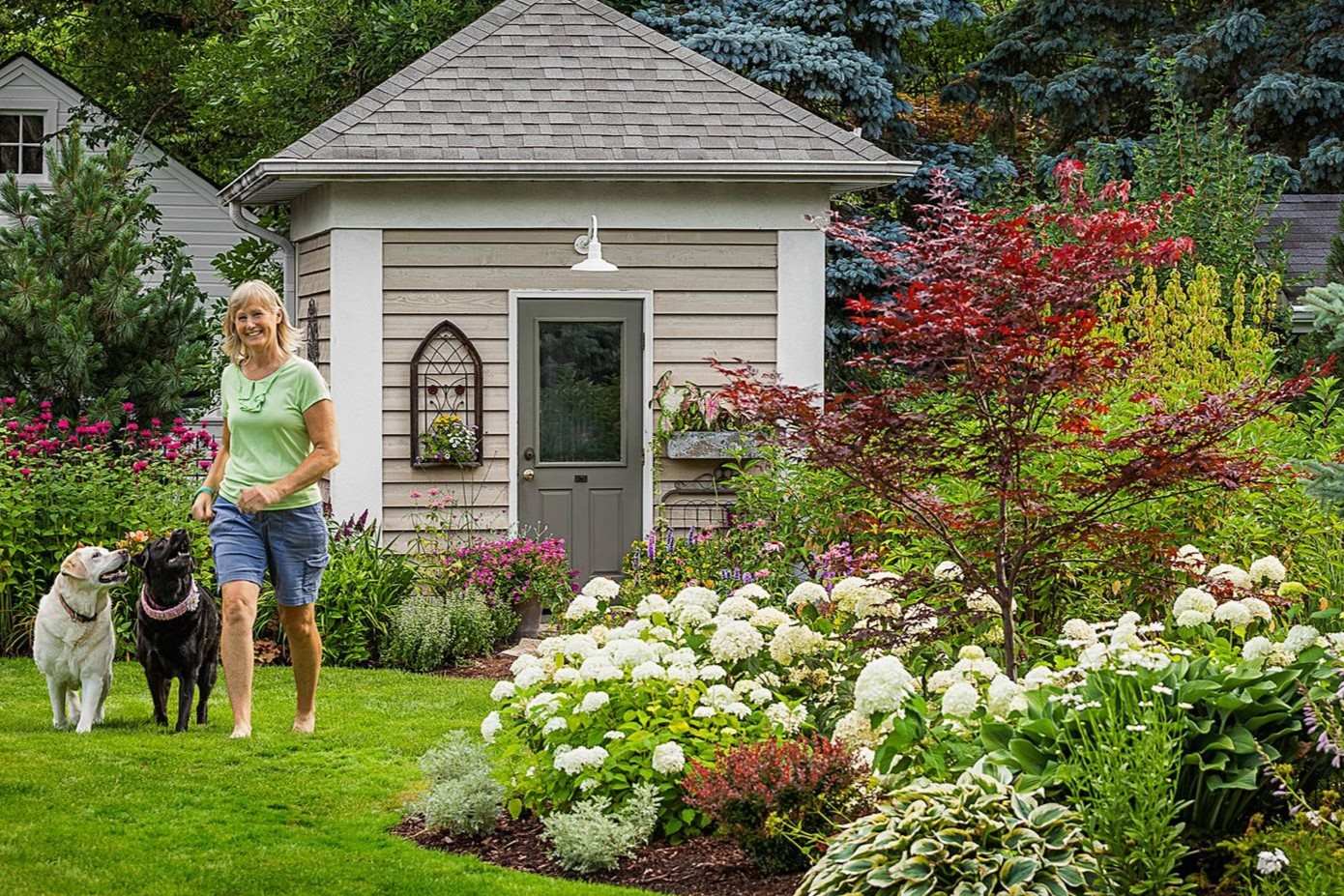
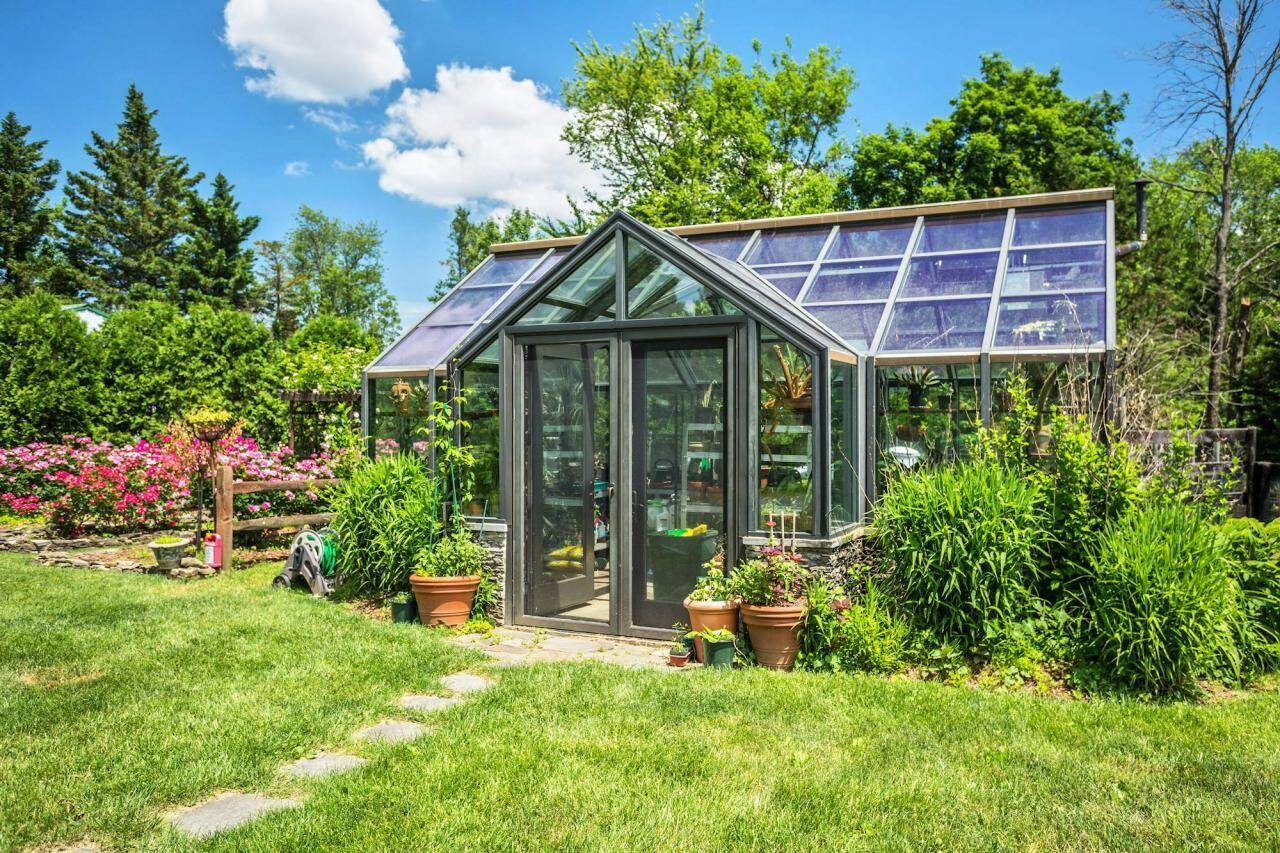
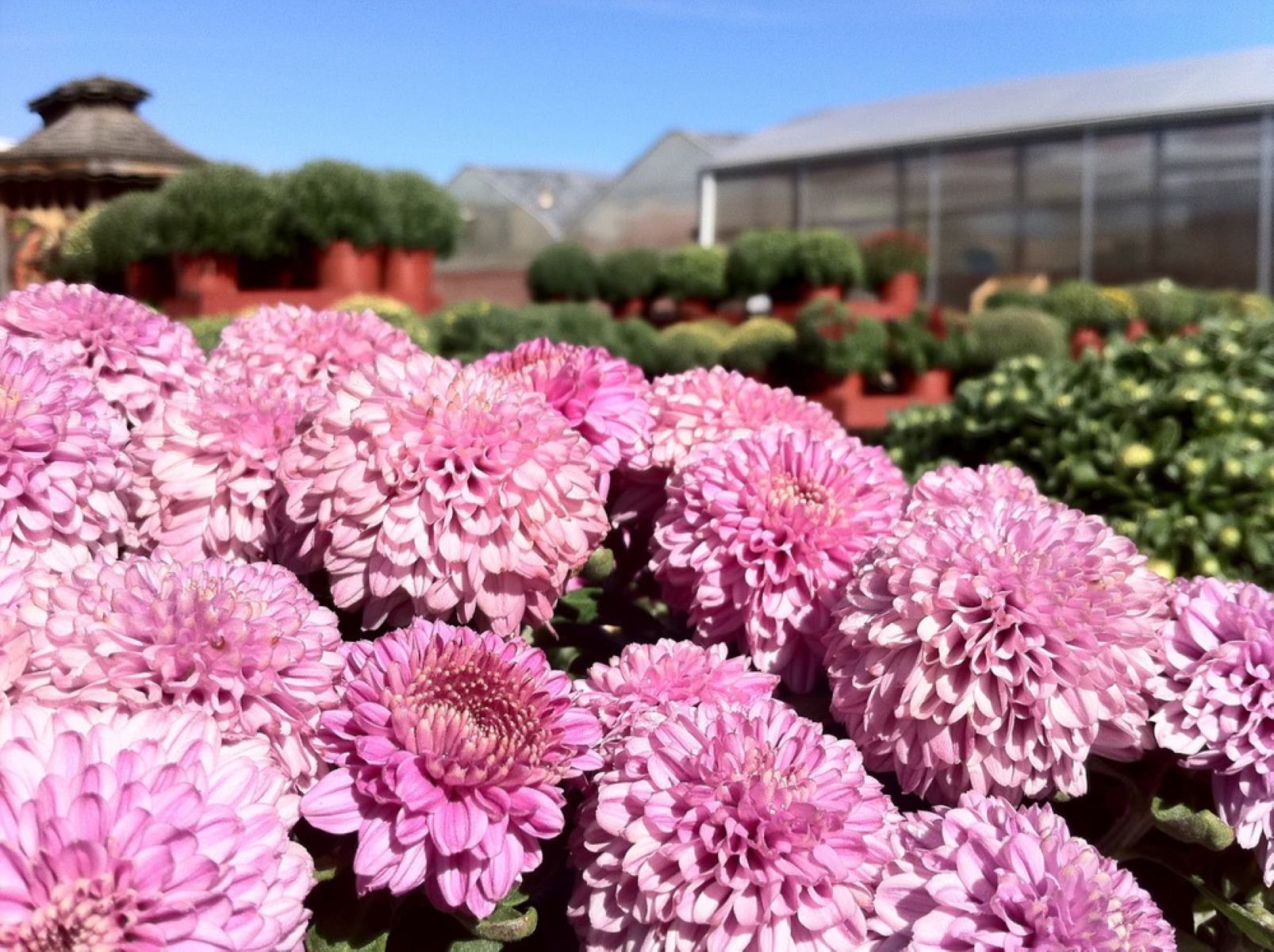
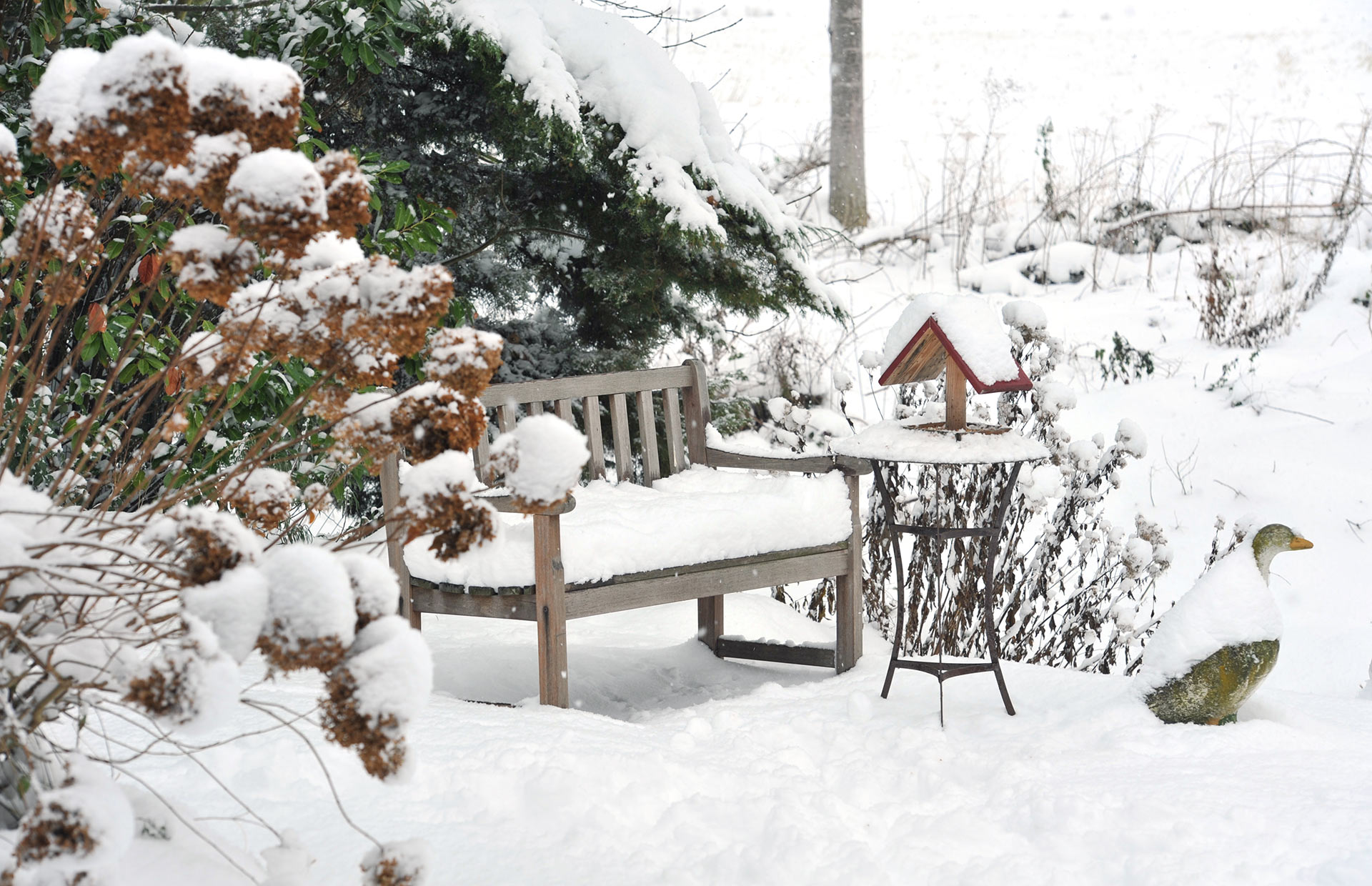
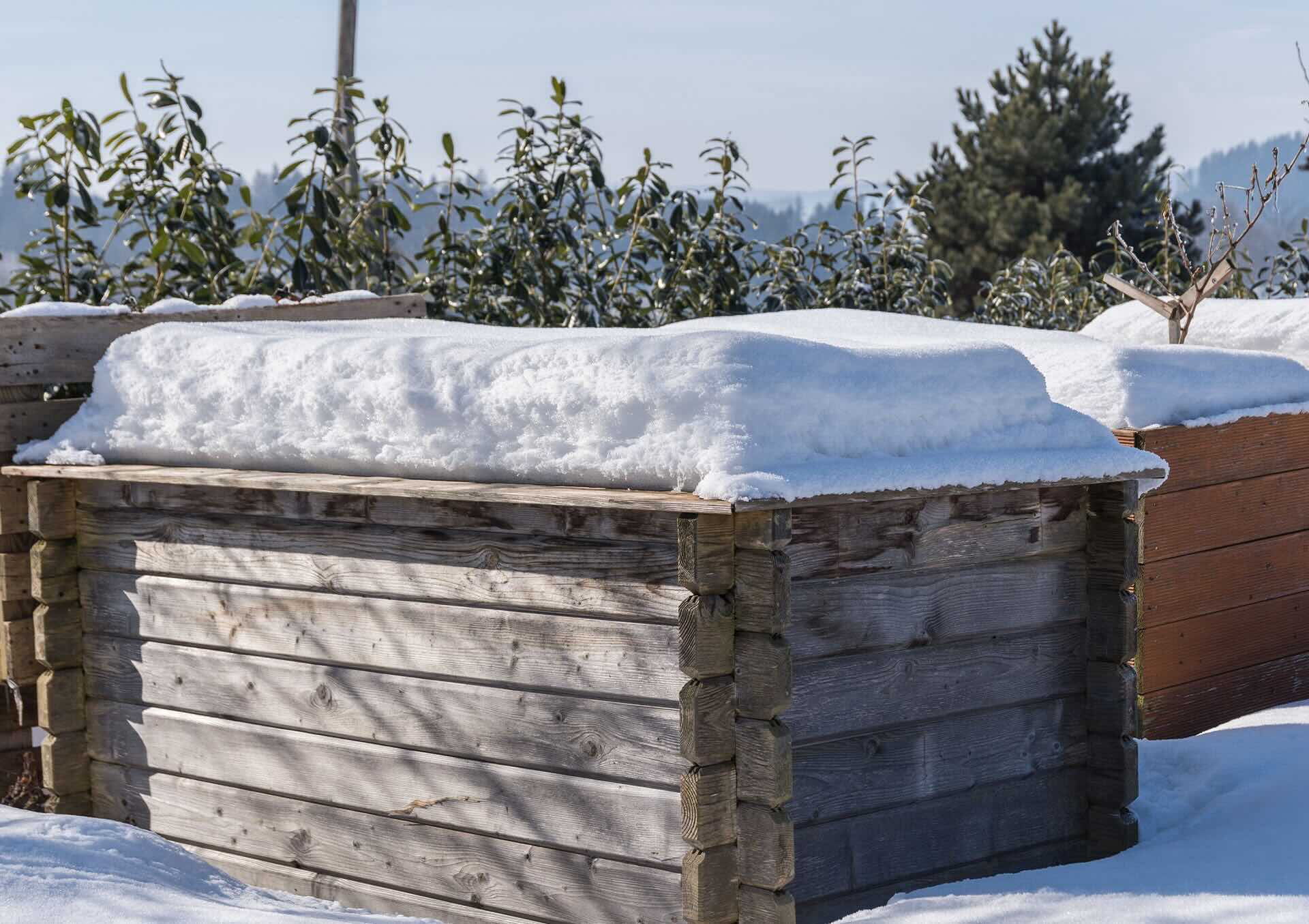
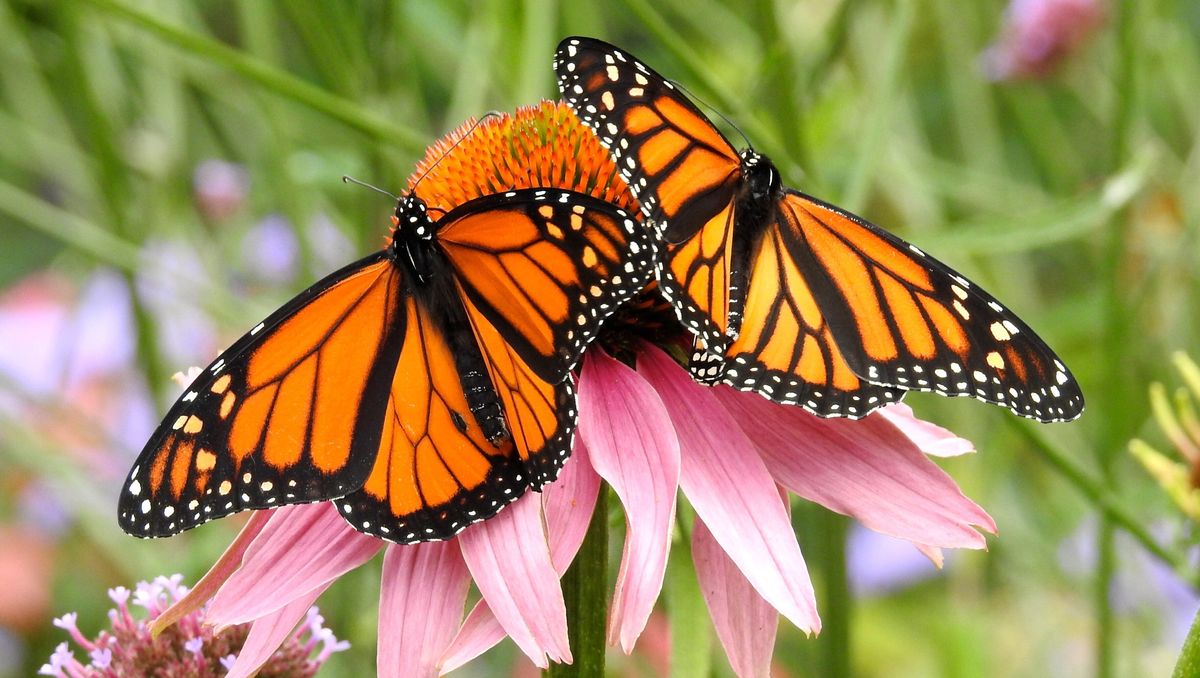
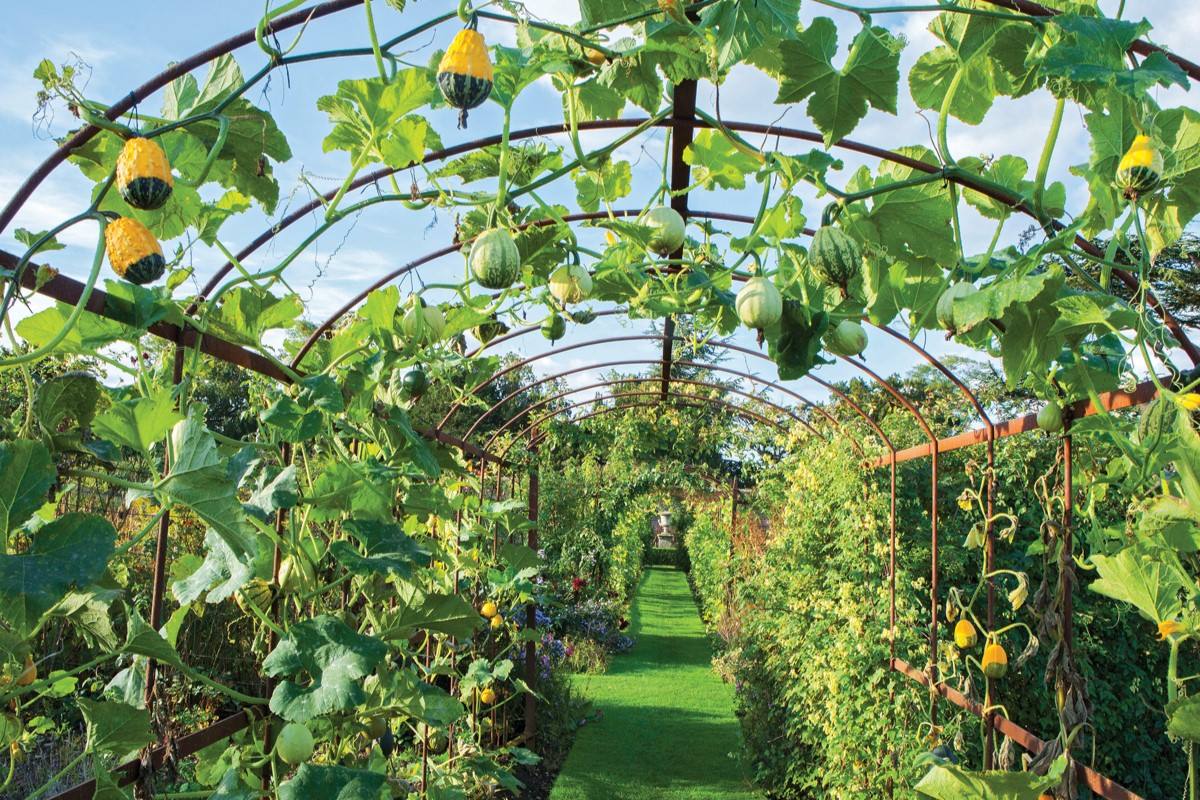
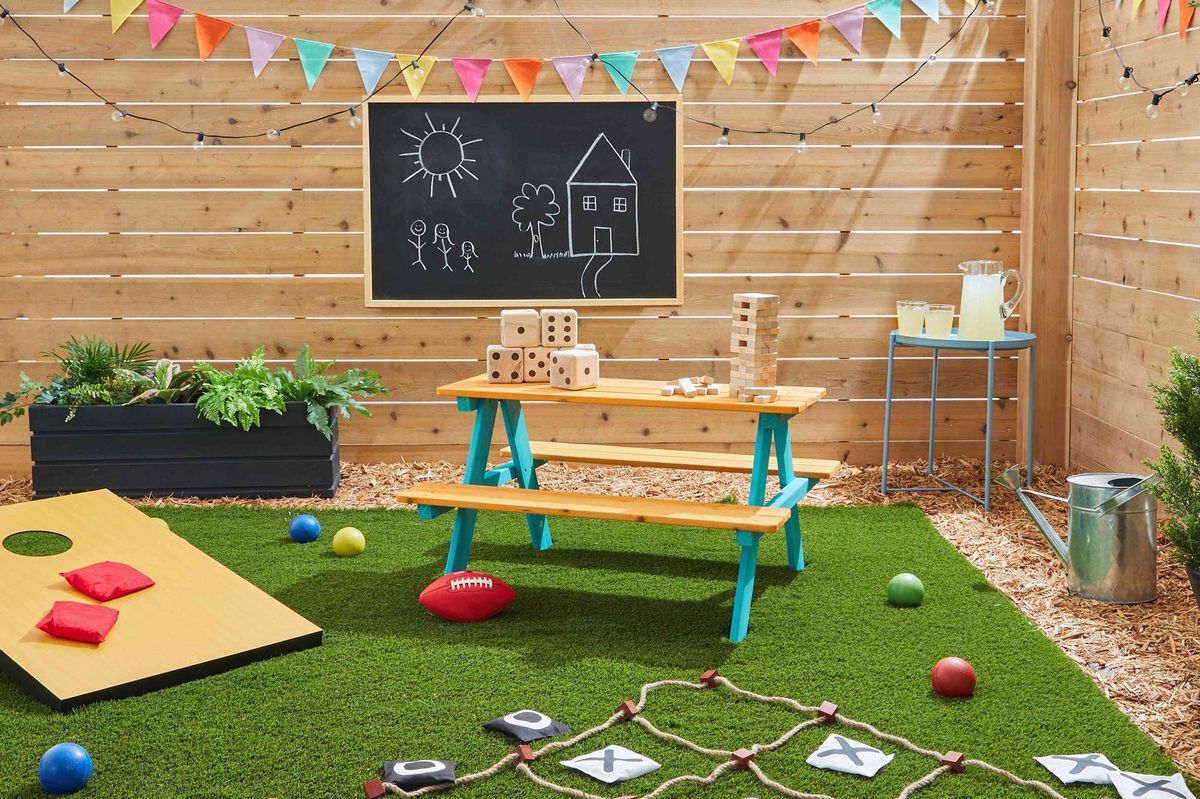

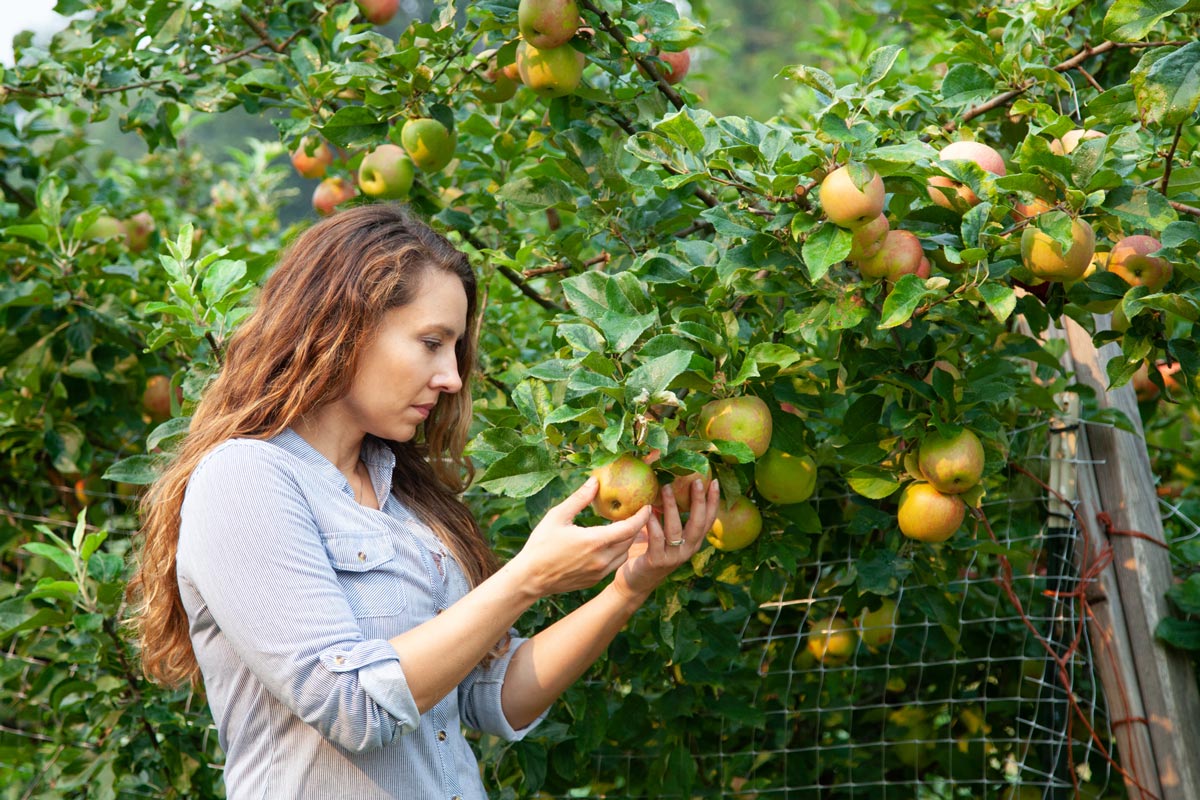

0 thoughts on “Winter Garden Ideas: 20 Ways To A Beautiful Winter Backyard”